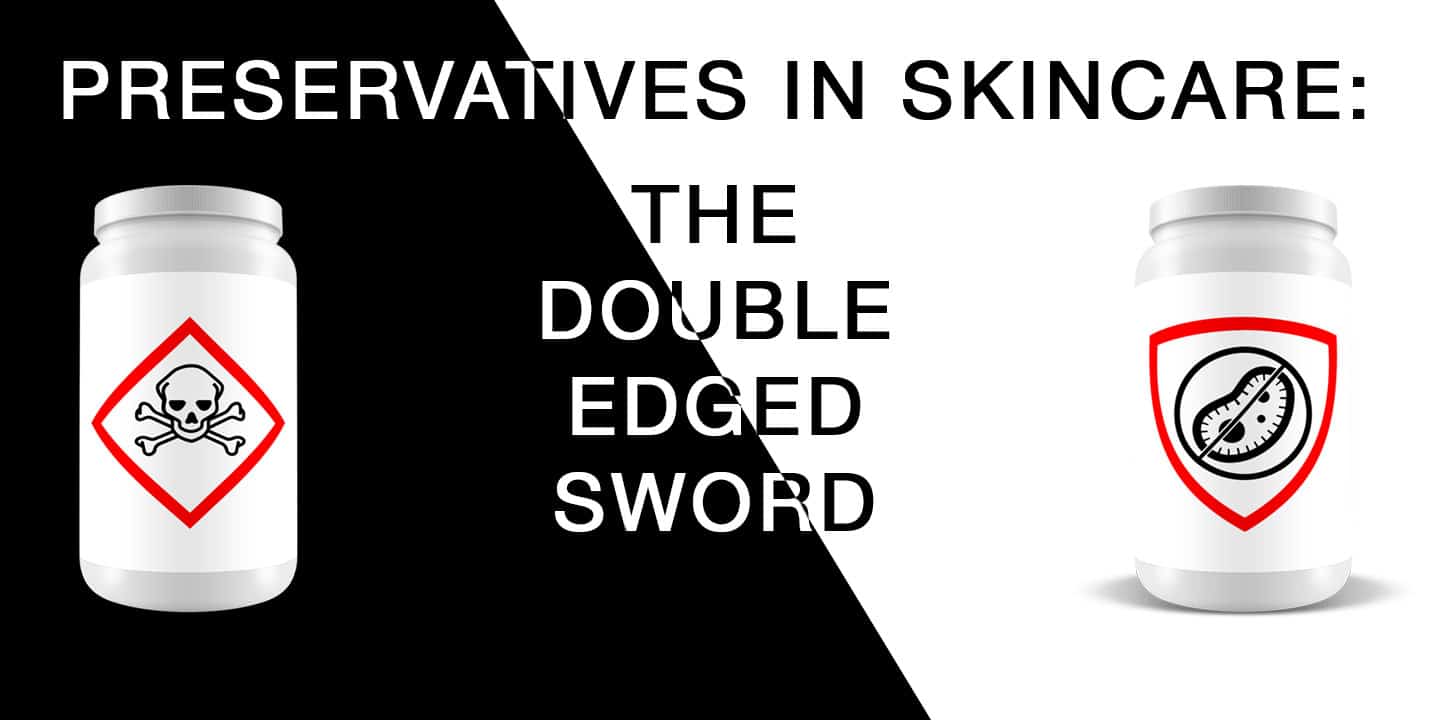
With microbes are all around us, everywhere on us and even inside us, preservatives are necessary. You could be sitting alone and have around 10 trillion microbes calling yourself home. Before you go raid the bathroom supplies for industrial strength bleach, most of these microbes are beneficial to your health, so put that bleach down! Collectively these microbes constitute as the microbiome the human body needs in supporting and maintaining vital functions such as our immune and digestive systems.
Our bodies have grown up in tandem with the diverse range of microbes in nature, often harnessing the microbes for our own needs. The mitochondria in our cells, which provide us with energy is thought to have originated from bacteria which our DNA then assimilated. There is a diverse range of microbes because water, the essential component to life is everywhere, and where there is water, there is life.

Not all microbes are beneficial to us, some can be incredibly harmful. We often notice mould that has grown on food, making it unfit for consumption. But what about our skincare products? As many skincare products contain water, these products will eventually harbour a thriving community of microbes; many of these microbes being quite dangerous. By the time you notice a slight pinkish or greenish tinge, it is too late. The product was compromised and contaminated for a very long time before that.
So it is imperative microbes in the skincare products we use are kept in check. There are numerous ways we can achieve this.
The simplest way is to remove all the water from the product by using only oils. One of the downsides to this method is that the product can be occlusive and cause issues such as spots & pimples. Not ideal in most situations.
The other way to keep the pesky microbes in check is to chemically “tie” up the water so it can’t be used by microbes. Honey is a prime example of this method, which is where the inspiration for our Hybrid IQ Shave Gel-Oil came from. One of the downsides is the sticky nature of the product, which while ideal in certain circumstances such as shaving, is not as ideal in moisturisers.
The most popular method is to use a preservative. There are dozens, if not hundreds of different preservatives out there, from Formaldehyde donors to biocides. The method of action of each class of preservative is different, so we won’t go into complex detail but generally the primary method is to cause some kind of chemical disruption that leads to death such as rupturing the cell wall, causing an imbalance in osmotic pressure, changing the pH of the cell etc.
While some preservatives are a “one shot” deal, that is once the preservative molecule has killed the microbe, it no longer functions, other preservatives can be re-used numerous times. The benefit of having a re-generating preservative is only a small amount is necessary. The downside is these multi-action preservatives is the strength at time of manufacture to the time of use are the same. Just to complicate the matters (who says skincare was simple!?) there is also a class of preservatives, Formaldehyde donors (such as DMDM Hydantoin, Diazolidinyl urea, Imidiazolidinyl urea, and Quaternium 15) which work by releasing a steady stream of Formaldehyde into your skincare products, often for years.
Preservatives are necessary to prevent microbial spoilage. Preservatives are not intelligent. Preservatives cannot differentiate between a mammalian cell such as ours and unwanted microbial cells.
The preservative we use cause the microbes to die by steadily supplying the microbe with electrolytes, reducing the pH inside the cell. The microbe tries to counter this by expelling protons, this process consumes energy. Eventually the microbe is no longer able to expend energy or supply protons to counter the electrolytes, which kills the microbe.
It’s this unique property which is magnitudes safer for use on the skin than other commonly used preservatives, with the preservative itself being fully bio-degradable, meeting OECD criteria, minimising risk to the environment and to you.
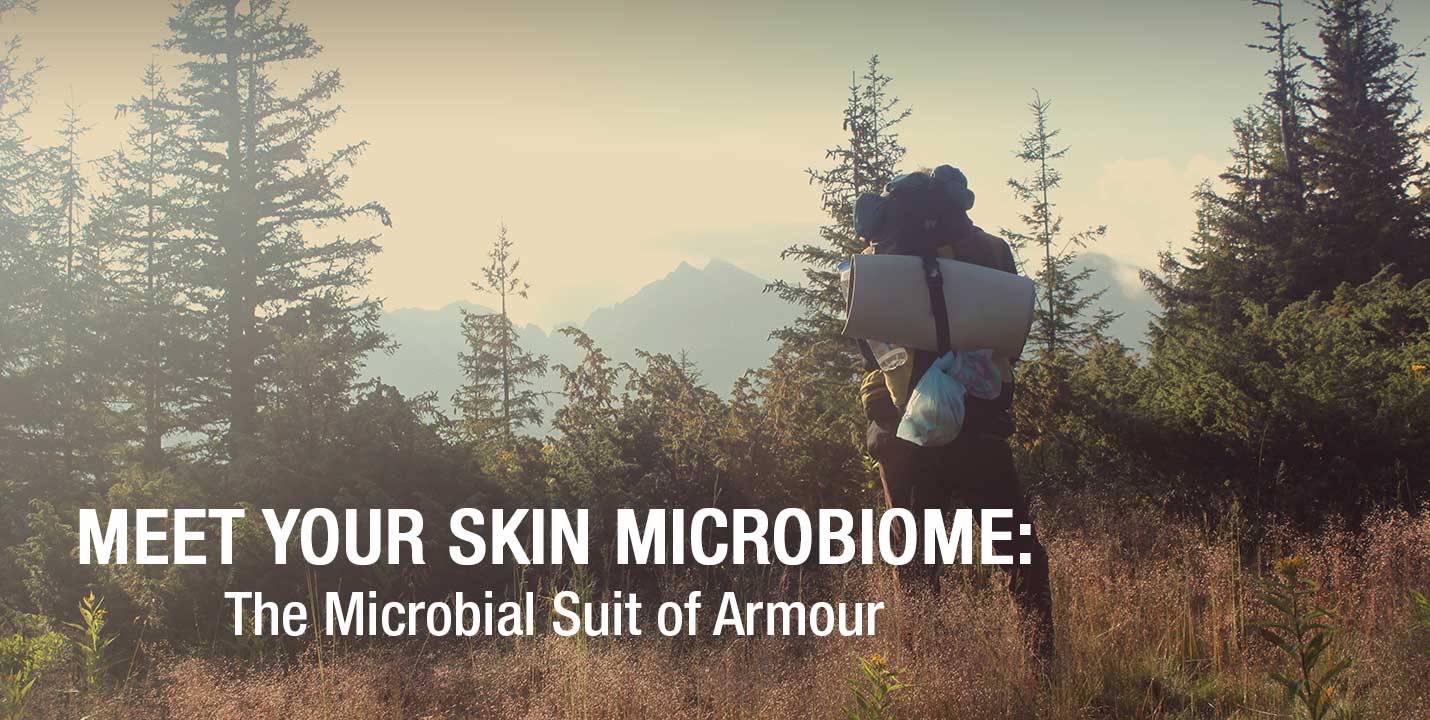
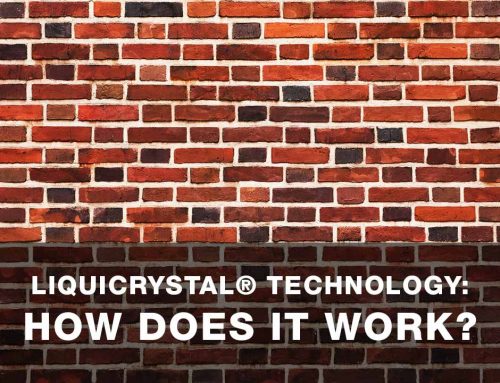
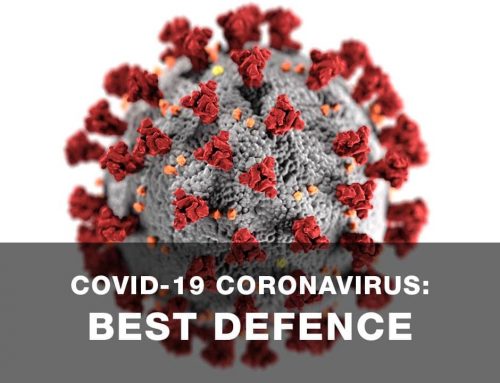
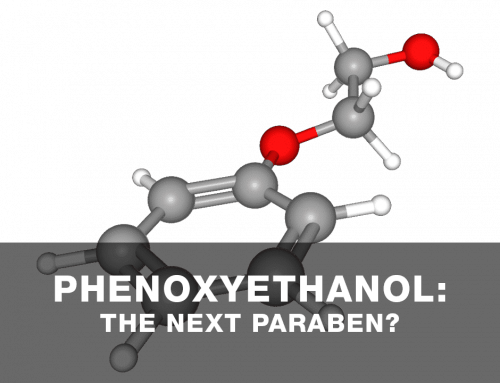
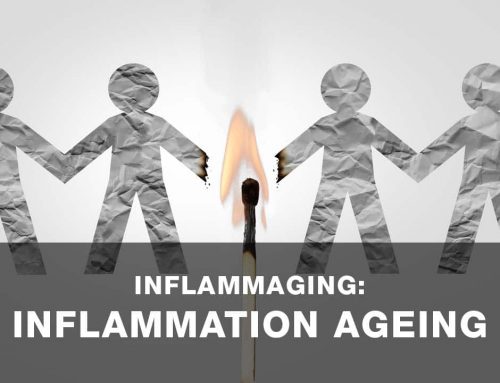
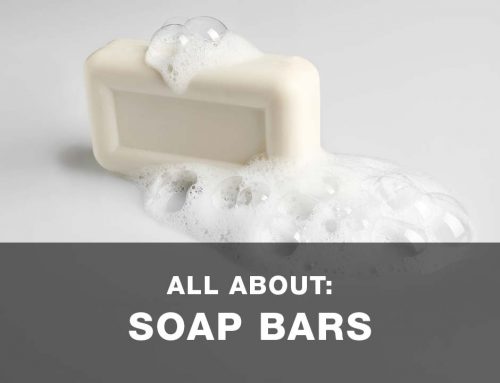
Leave A Comment